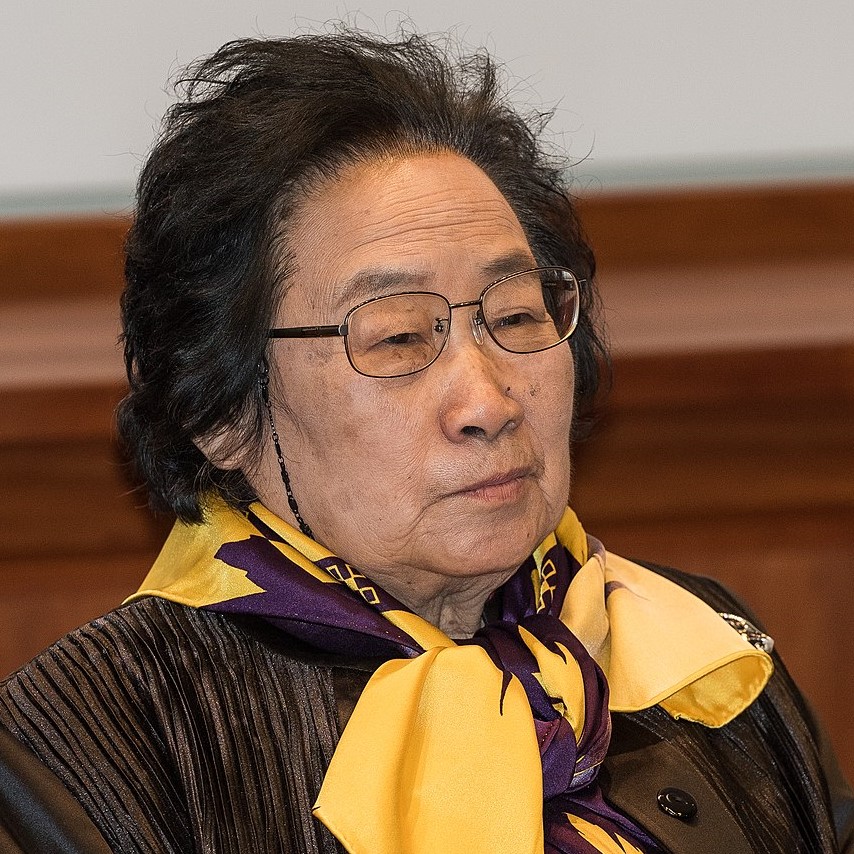 Scientists discover, publish, and get prizes – The Nobel Prize being one of the most prestigious. Inventors invent and patent their inventions. This is the world of discovery and invention, in a nutshell. However, often, scientists also invent and obtain patents. Sometimes the patents might not have anything to do with the work for which they have received the Nobel Prize. Let us now explore Tu Youyou and her patents in this eleventh article of the series on Nobel laureates and their patents.
Scientists discover, publish, and get prizes – The Nobel Prize being one of the most prestigious. Inventors invent and patent their inventions. This is the world of discovery and invention, in a nutshell. However, often, scientists also invent and obtain patents. Sometimes the patents might not have anything to do with the work for which they have received the Nobel Prize. Let us now explore Tu Youyou and her patents in this eleventh article of the series on Nobel laureates and their patents.
Malaria is an infectious disease spread by mosquitos and affects humans and other animals. It is caused by single-celled microorganisms belonging to the Plasmodium group. It is spread through the bites of infected Anopheles mosquitoes.
The Nobel prizes were first awarded in the year 1901. In 1902, Ronald Ross, an India born, British medical doctor received the Nobel prize for Physiology or Medicine “for his work on malaria, by which he has shown how it enters the organism and thereby has laid the foundation for successful research on this disease and methods of combating it”. His work was perhaps the beginning of the first scientific attempt to combat the disease. Even though there were known traditional methods of treatment of the dreaded disease, they were unscientific and useless at worst or empirical and of some value at best.
For example, extracts of the bark of the Cinchona tree has been in use at least from the seventeenth century, if not before. However, the alkaloid Quinine was first isolated in early nineteenth century from the bark of a cinchona tree. How it works as a medicine is not entirely clear. However, treating malaria with quinine was the first known use of a chemical compound to treat an infectious disease.
With this in background, starts an interesting chain of events. In 1967, during the Vietnam War, President Ho Chi Minh of North Vietnam asked China for help in developing a treatment for malaria. Since the southern provinces of China also had a serious Malaria problem, China set up a drug discovery project named Project 523 – a code for its starting date, 23 May 1967
A scientist – a pharmaceutical chemist and malariologist – Tu Youyou was appointed the head of project 523 in China Academy of Traditional Chinese Medicine. Tu initially went to Hainan where she studied patients who had been infected with the disease. Whereas scientists worldwide had screened over 240,000 compounds unsuccessfully Tu had the idea of screening Chinese herbs. She first investigated the Chinese medical classics. She visited practitioners of traditional Chinese medicine all over China. She gathered her findings in a notebook which summarized 640 prescriptions. By 1971, her team had screened over 2,000 traditional Chinese recipes and made 380 herbal extracts, from some 200 herbs, which were tested on mice.
One compound was found to be effective – sweet wormwood used for “intermittent fevers” – a typical symptom of malaria. At first, however, it was ineffective because they extracted it with boiling water. Tu Youyou discovered that a low-temperature extraction process could be used to isolate an effective antimalarial substance from the plant because an old text stated that this herb should be steeped in cold water. She proposed a method using low-temperature ether to extract the effective compound. The animal tests showed it was completely effective.
In 1972, Tu and her colleagues obtained the pure substance artemisinin, which has already saved millions of lives, especially in the developing world. Tu also studied the chemical structure and pharmacology of artemisinin. Her group determined the chemical structure of artemisinin. In 1973, while doing work related to the structure, she accidentally synthesized dihydroartemisinin.
Tu volunteered to be the first human subject for the new medicine. It was found to be safe and clinical trials with human patients were conducted. For her work on malaria, she was awarded the Nobel Prize in Physiology or Medicine on 5 October 2015, “for her discoveries concerning a novel therapy against Malaria”. She shared her Nobel prize with William C. Campbell and Satoshi Omura, “for their discoveries concerning a novel therapy against infections caused by roundworm parasites”.
She has worked exclusively in China and also has four patent applications only in China, two of which have been granted. All are connected with the malaria drug.



